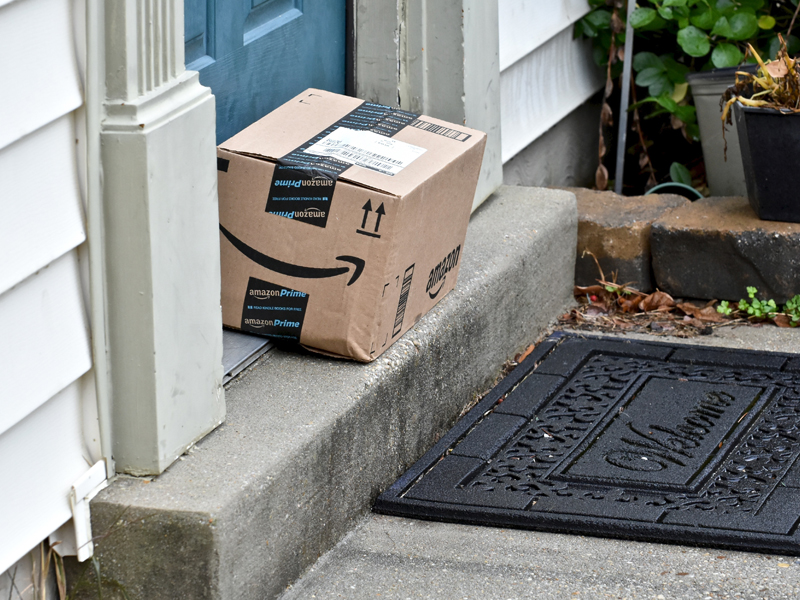
Celebrating 16 Years: What We Have Learned About Marketing So Far
In 2001, the more seasoned (a nice way of saying “older”) Cajammers were honing their marketing skills in print advertising and a burgeoning new web based e-commerce application called Yahoo! Store. The younger Cajammers were working on their Destiny’s Child dance moves and instant messaging their friends on the family computer. From Netscape to Snapchat, the marketing know-how we developed in the early days is just as relevant today as technology, connectivity and e-commerce continues to evolve.
Lessons In Print
Our roots in print marketing, direct mail and catalogs prepared us for e-commerce. Well written, descriptive copy, good pictures and an eye-pleasing layout still sell products. Attention to the details builds trust and can make a small company seem just as big as the larger competitors. “Always check the phone number,” was drilled into our proofreading minds. Make sure your customers can find you.
Making Sense of the Numbers
In the glory days of direct mail marketing, before click-through rate was a thing, coded mailers helped us track the performance of a mailing list. Even with the limited amount of performance markers at the time, we learned data analysis saves money and offers valuable insight on how to get a mailer in the hands of a purchaser. Today, there is a wealth of digital marketing data to dig through, and it takes an experienced data analyst to drill down to attribution, maximize return on investment and find new opportunities.
Be a Shark
In the classic movie “Annie Hall,” (which was considered an “old movie” in 2001), the character Alvie, played by Woody Allen offers some insight, “A relationship, I think, is like a shark. It has to constantly move forward or it dies.” The same observation applies to marketers. Our skill set keeps us agile and ever-evolving at the same pace as digital technology. We’ve been around long enough to see some retailers come and go. The companies who are able to pivot to new platforms and embrace change are the ones with staying power.
Soak It Up
Our team is continuously learning. We study new trends, we master new technology, and we keep our certifications up to date. We are all naturally curious – and a bit studious – and that serves us well. There is always more to learn and discover, and that’s one of our favorite parts of the job.
Stay True
Unlike other digital marketing companies, Cajam Marketing has a very high employee retention rate. We’ve been working with each other – and many of our clients – for years. Our tenured team genuinely cares about the success of our clients, and we often become part of their team.
Put It to the Test
The rapid pace of online growth offers a great chance to discover new marketplaces every day. There was no such thing as social media marketing in 2001, but the human desire to share has been around since the beginning of time. Be open to new platforms and promote your business using the tried and true marketing values that have remained relevant through the decades: authenticity, usefulness and pleasure. Most importantly: measure and test these new initiatives. Will Instagram Stories work for your business? You won’t know unless you try it.
It often pays to be an early adapter on a new channel when the costs are lower or free. One word of caution: don’t rely solely on the numbers from the channel to gauge performance. They may be using different metrics, and a reported “conversion” there often doesn’t translate to a conversion on your site. Track any campaigns with Google Analytics as well for a better snapshot of performance.
The Next 16+ Years
Our retrospective look back at Cajam Marketing gives us a good perspective on the future. When the next Google or Amazon comes along, we’ll be well prepared with our accrued knowledge – putting the customer first, understanding the logic of data analysis as the metrics we measure change, communicating well regardless of the medium, and continually learning – not to mention our 2001 Destiny’s Child dance moves.
Looking for a seasoned marketing team? Contact us.








